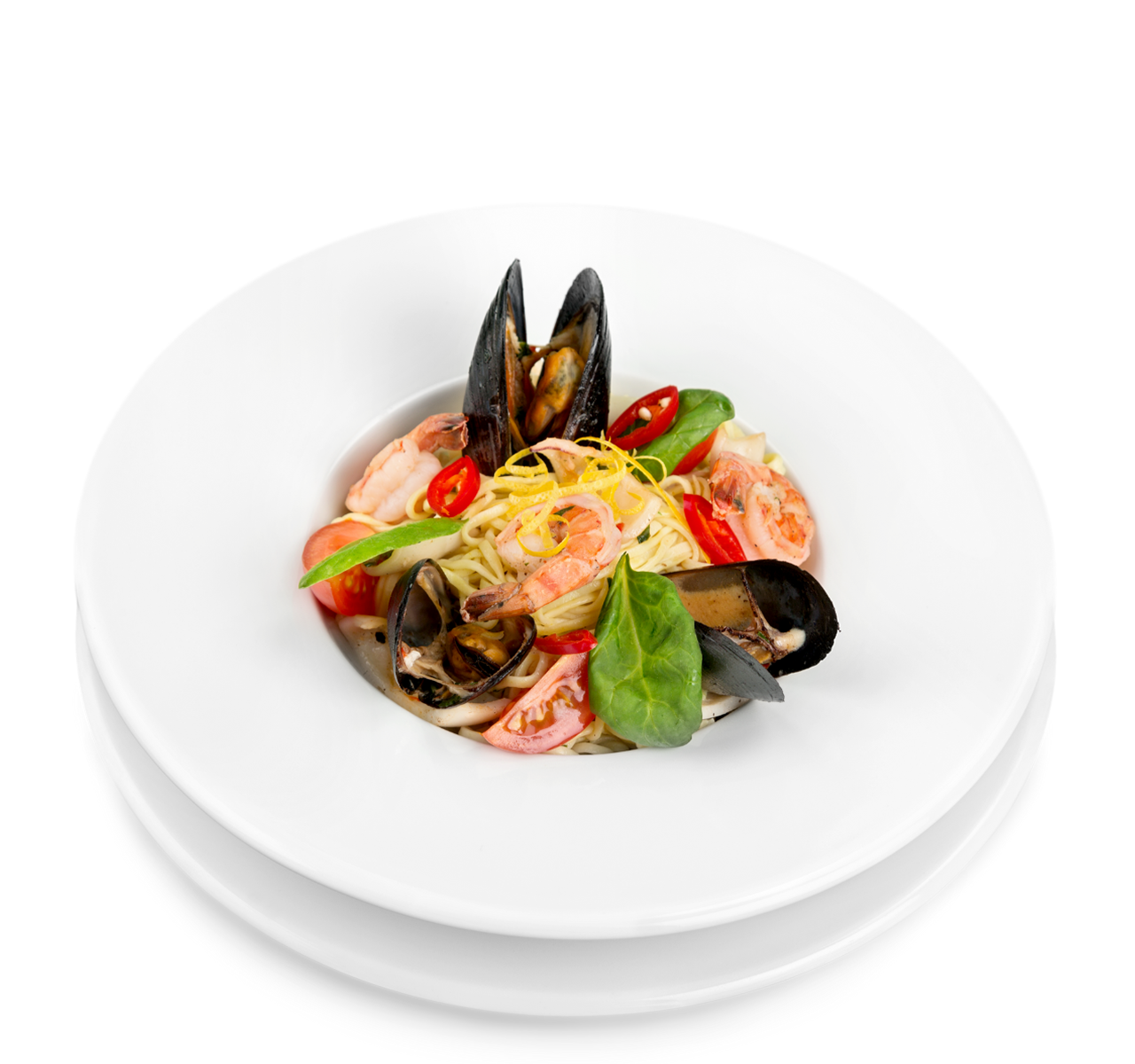Food Safety Guide
Proactive Measures to Combat Evolving Foodborne Pathogens

Why are foodborne illnesses concerning?
Foodborne illnesses (also known as food poisoning) have been on an upward trajectory since 2019. In fact, outbreaks in 2023 alone included Listeria linked to soft serve ice cream, beef-related Salmonella, and hepatitis from frozen strawberries. Considering the U.S. food supply is one of the safest, every year there are over 48 million cases, equating to at least 1 in 6 people. Economically speaking, the U.S. Department of Agriculture (USDA) estimates foodborne illnesses cost nearly $16 billion annually. However, the cost of losing more than 3000 lives a year is immeasurable.
What causes food poisoning?
Food poisoning is primarily caused by ingesting foods, beverages, or water contaminated with bacteria, viruses, or other pathogens. Almost everything we consume can be a source of foodborne pathogens, particularly if handled by someone sick. Foodborne illnesses can also spread through contact with infected animals or their environment, and even from person to person. According to the CDC, the USDA, and FDA, the pathogens that cause the most illnesses, hospitalizations, and deaths include Salmonella, Norovirus, E. coli, Listeria and Staphylococcus.

Which foods are the riskiest?
Certain foods pose a higher risk for contamination than others however, environmental conditions also play a role. For example, bacteria thrive in “wet” foods like soups, sauces, dressings, etc. Clostridium bacterium is sometimes found in dry infant formula and other canned goods. The most common illness-associated foods include:
- Raw poultry, beef, pork, & eggs
- Unpasteurized juice, milk & dairy products
- Fruits & vegetables (fresh & frozen)
- Shellfish & some seafood

Where contamination originates
Pathogens affect every stage in the food supply chain, from farms to packaging, distribution, and storage to grocery stores and restaurants. Cross contamination can occur when bacteria and viruses living on surfaces are transferred to food. Crops can be exposed to contaminated water, soil, and fecal matter in the growth or harvest phase then cross-contaminate other produce during handling. Livestock and poultry farms are at risk for many zoonotic diseases such as avian influenza. The primary sectors impacted by contamination include:
- Agriculture
- Manufacturing & processing
- Transportation & warehousing
- Retail & food services
The Rise of Foodborne Illnesses
Food production has increased to meet the needs of growing populations. Ingredients are transported in larger batches over longer distances, more food products are being processed or shipped internationally, allowing greater opportunities for spoilage and contamination. Livestock numbers have also increased while the number of farms has declined, resulting in a higher concentration of animals that can become infected. Warmer ocean temperatures have been attributed to a rise in illnesses from certain seafood products.
Food safety challenges are also escalating as new bacteria emerge and pathogens become more adapted and difficult to control. For instance, endospore-forming bacteria like Clostridium difficile (C. diff) are resistant to UV radiation and chemical disinfectants like QACS. Dry surface biofilm is another contributing factor as it forms an invisible barrier that protects microbes, allowing them to thrive and spread foodborne illnesses through contact with hands or cleaning tools. In the right environment, a single bacterium can turn into two million in as little as seven hours.
How can foodborne illnesses be prevented?
Strategies for optimizing food safety and mitigating foodborne pathogens vary for each sector in the supply chain. However, 6 key preventative measures apply across the board:
- Assess contamination risks, including areas typically overlooked.
- Food Safety training for all personnel involved in food handling.
- Proper protocols for enhanced sanitation procedures focused on high-risk surfaces and areas.
- Frequent cleaning and sanitation of surfaces, equipment, and floors.
- EPA registered disinfectant with claims against foodborne pathogens and biofilm.
- Optimize effectiveness with electrostatic sprayer disinfection technologies.
Though food poisoning is a growing public health concern, by and large, it can be prevented. Maintaining more hygienic practices in agriculture, manufacturing, shipping, storage, retailing, and food service minimizes the potential for contamination. EvaClean’s disinfection solution is designed to proactively address foodborne pathogens in every sector before outbreaks ever occur. Learn more here and reach out for a consultation here.